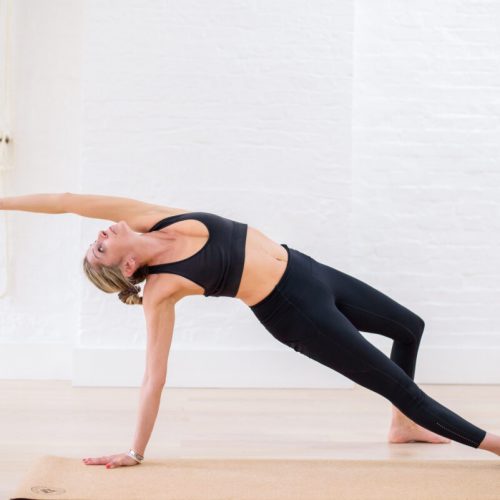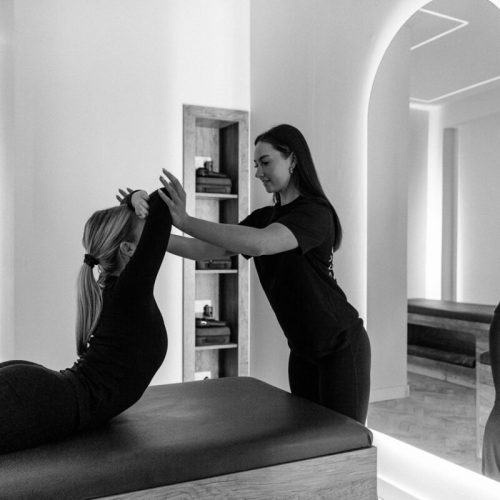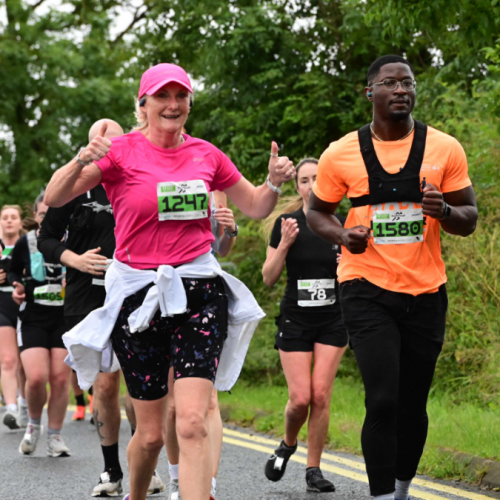The body is a complex system, and each part plays a significant role in overall function. Among these, the outer thigh muscle is an important component that contributes to leg movements and stability. Thus, it’s beneficial to understand how to properly stretch this muscle for optimum flexibility and overall well-being.
Recognizing the Importance of the Outer Thigh Muscle
The outer thigh muscle, medically referred to as the vastus lateralis, is a critical component in the quadriceps muscle group. Its function in our movements, such as walking, running, and jumping, is fundamental. Neglecting the proper care and stretch of this muscle can result in discomfort and a reduction in the range of leg motion.
Importance of Stretching
One might question why there is a necessity to stretch this particular muscle. Stretching has been acknowledged as a significant part of physical fitness routines. It enhances flexibility, promotes blood circulation, and assists in reducing muscle soreness. More specifically, stretching the outer thigh muscle can help prevent injuries and maintain the optimal function of your leg.
Steps to Stretch the Outer Thigh Muscle
Before proceeding to any physical activity, it’s essential to understand the correct procedure. Incorrect methods can lead to unnecessary strain or injury. Here, we’ll break down the steps for a simple but effective outer thigh muscle stretch.
Begin by standing upright with your feet hip-width apart. Your body should be relaxed, and your breathing should be normal.
Extend your right hand to the ceiling, reaching high. Keep your left hand by your side for balance.
Slowly lean to your left while keeping your right foot flat on the ground. This movement will create a stretch on the right side of your body, including the outer thigh.
Maintain this position for a set time, generally around 20 to 30 seconds, and then slowly return to the initial posture.
Repeat the process on the opposite side.
Perform this stretch daily or as often as needed.
Remember that the key to stretching is consistency and regularity, not intensity. It’s not about pushing your body to its limits but rather slowly and consistently increasing its capability.
Other Ways to Promote Muscle Health
Alongside stretching, other aspects contribute to the overall health of our muscles. Proper nutrition, sufficient hydration, and enough rest play a vital role in muscle recovery and growth. In addition, other forms of physical activity, such as cardio and strength training, can improve muscle health.
Adopting a Stretch Routine
Now, let’s discuss the adoption of a stretch routine. The vastus lateralis stretch is one of the effective ways to ensure proper care of your outer thigh muscle. Make it a point to incorporate this stretch into your routine.
Maintaining Consistency
Starting is the first step, but maintaining the routine is equally, if not more, important. It is consistency that brings about significant changes and benefits over time. Keep your routine simple and manageable, making it easier to stick with it in the long run.
Identifying Signs of Strain in the Outer Thigh Muscle
Keeping an eye out for early indications of strain in the outer thigh muscle is key to preventing more serious issues. Such signs may include a sharp pain in the thigh region, difficulty in moving the leg, or a constant dull ache even when not using the leg. Early recognition and immediate attention can help mitigate potential health problems.
Incorporating Warm-ups
Never overlook the importance of warm-ups before any exercise routine. A few minutes spent on a warm-up session can significantly decrease the risk of muscle strain. By gradually raising your body temperature and heart rate, warm-ups prepare your body for the exercise ahead and help reduce the risk of injury.
The Role of Cool-downs
Just as warm-ups are crucial for preparing the body for physical activity, cool-downs are vital for bringing it back to its resting state. A cool-down session allows your heart rate and breathing to return to normal gradually. Additionally, it can help reduce muscle stiffness and soreness, making it a crucial part of any workout.
Using Tools to Aid in Muscle Stretching
In addition to traditional stretching techniques, various tools can aid in muscle stretching. Foam rollers, for instance, have gained recognition for their effectiveness in easing muscle tightness. When used correctly, they can serve as a useful supplement to your stretching routine.
Monitoring Progress
Monitoring your progress over time serves as a motivator and provides valuable feedback on your current routine. By observing improvements, such as increased flexibility or reduced muscle soreness, you can adjust your routine accordingly to continue reaping the benefits of muscle stretching.
Regularity is Key
Above all, it’s essential to remember that regularity is key when it comes to any exercise or stretching routine. Instead of aiming for intensive, infrequent sessions, it’s better to aim for shorter, more regular sessions. This approach not only helps avoid injury but also makes it easier to adhere to your routine.
Avoiding Overexertion
It is essential to listen to your body and avoid overexertion. If you feel excessive pain during stretching, it may be a sign that you are pushing your body too hard. Always respect your body’s limits and avoid pushing too hard, as this can lead to injury.
Seeking Professional Guidance
Finally, if you are new to exercising or have pre-existing health conditions, it’s always wise to seek professional guidance before starting any new exercise or stretching routine. A qualified professional can provide personalized guidance tailored to your specific needs and conditions, ensuring you reap the maximum benefits from your routine while minimizing risks.
The Bottom Line
The human body is a complex system, and every part is significant. The outer thigh muscle, or vastus lateralis, plays a vital role in our mobility. By adopting a consistent routine that includes stretching the vastus lateralis, you can enhance your flexibility, reduce muscle soreness, and improve overall muscle health.


